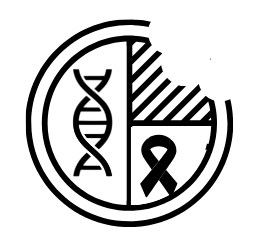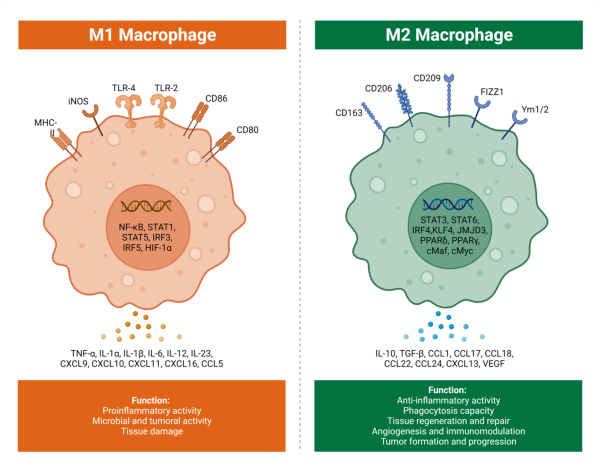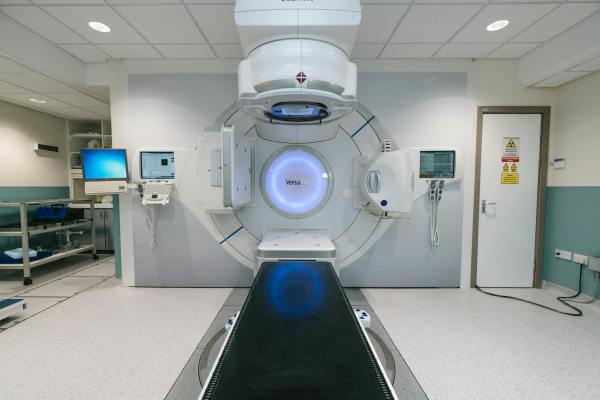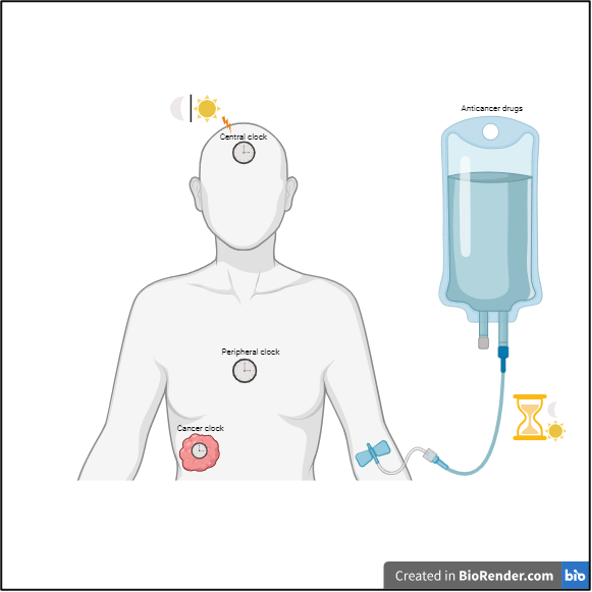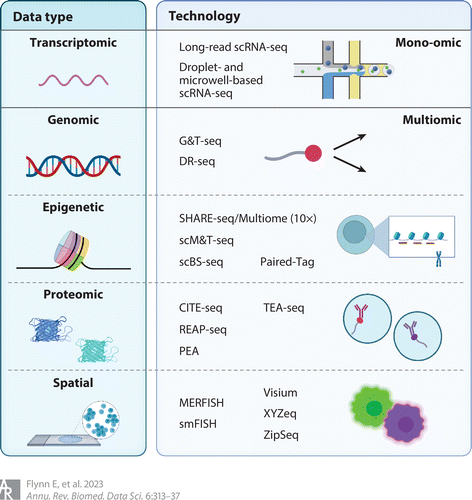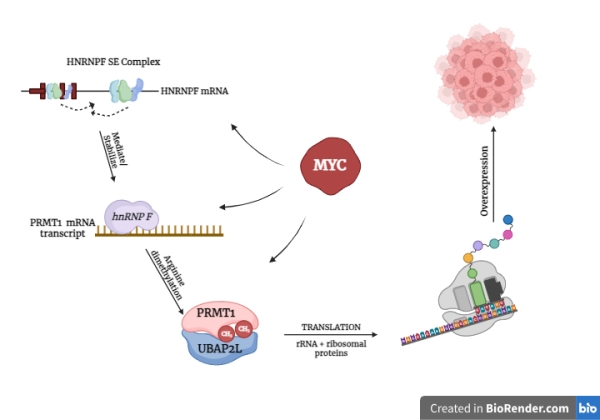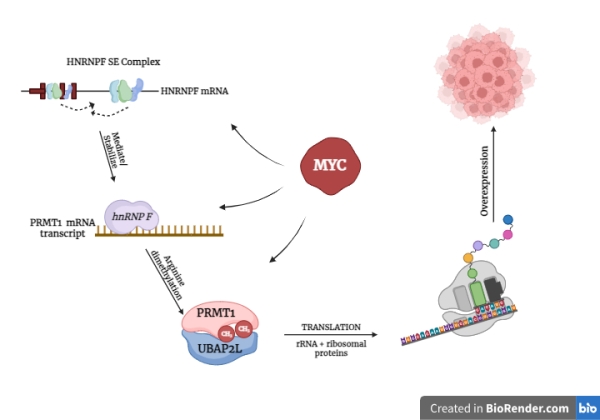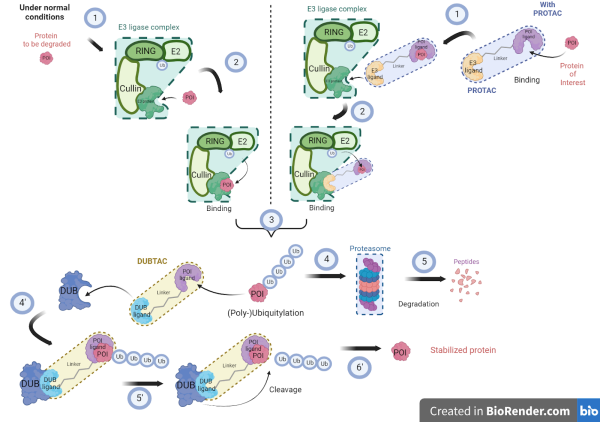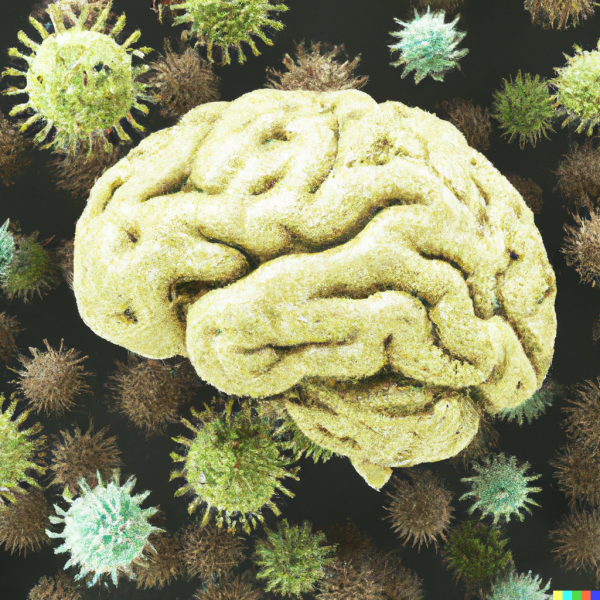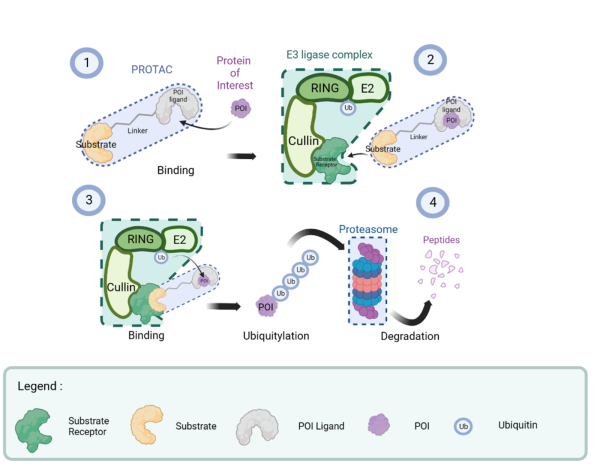Reading time: 7 minutes Gracie Jennah Mead Introduction Macrophages are an important part of the innate immune system. Within the innate immune system, which comprises more indiscriminate strategies that protect us from pathogens in general, macrophages engulf and break down pathogens. Macrophages are a diverse cell as they can regulate tissue development and tissue repair... Continue Reading →
Overcoming Hypoxia-Associated Radiotherapy Resistance
Reading time: 4 minutes Mia Hubert Radiation therapy has been a critical tool in the battle against cancer. Following the discovery of X-rays and their cytotoxic potential, radiation therapy was quickly employed to treat skin and breast cancers in the early 20th century1. Today, radiation therapy is effective in controlling or even curing various types... Continue Reading →
Shedding Light on Bald Scalps, Testosterone, and Skin Cancer
Reading time: 4 minutes Eoghan McGrath As a younger man peering across the kitchen table at my father’s scalp, I wondered if I was catching a glimpse of my own follicular future in its shiny freckled portents. Well, a decade, a degree in genetics, and a PhD in biochemistry later, I see my own scalp... Continue Reading →
Is Chronotherapy the Future of Cancer Treatment?
Reading time: 5 minutes Hema Saranya Ilamathi It's seven o'clock in the morning! A bright light hits my face, and I awaken before the alarm clock starts buzzing. Did you know humans have an inbuilt biological clock known as the circadian rhythm? Light stimulates this 24-hour central clock in the brain. In general, photoreceptors in... Continue Reading →
Multi-omics and its Applications in Oncology
Reading time: 4 minutes Susan Egbert In the ever-evolving landscape of cancer research, scientists are delving deeper into the complexities of cancer biology. One of the cutting-edge approaches transforming the field is the integration of multi-omics technologies. Multi-omics, the comprehensive analysis of various biological molecules such as genomics, transcriptomics, proteomics, metabolomics, and epigenomics, provides a... Continue Reading →
Jurassic Park: How Cancer Cells Fight Each Other For Dominance
Reading time: 4 minutes Eoghan McGrath This history of life on earth is marked with competition for resources, species expansion, and mass extinction events. New research1 suggests that tumors have similar backstories, and that cells which form successful tumors are lone survivors amidst a graveyard of other failed cancer cells. Barriers to Cancer Growth We... Continue Reading →
Following a Trail of Breadcrumbs: Healthy Body Cells Lead the Way When Cancer Cells Migrate
Researchers studied a trail of "tracks" left by cancer-associated fibroblasts that guided breast cancer cells in migration. These membranous trails act as communication networks, potentially offering new insights for treatments. Jessica Campbell writes.
The Dual Role of Cancer-Associated Fibroblasts in Pancreatic Ductal Adenocarcinoma: Friend or Foe?
Reading time: 5 minutes Nayela Chowdhury Pancreatic ductal adenocarcinoma (PDAC) is an exocrine tumor of the pancreas and constitutes up to 95% of all pancreatic cancer cases. PDAC exhibits one of the poorest prognosis of all solid cancers and is associated with a very low overall and progression-free survival rate. Even though many molecular pathways... Continue Reading →
Unlocking the Secrets of Pancreatic Cancer: How Super Enhancers and RNA-Binding Proteins Illuminate New Paths to Treatment
Reading time: 7 minutes Sakshi Dhavale Did you know that pancreatic cancer has the highest mortality rate among all the major cancers? Because of this, researchers are rigorously working to find a cure for this deadly cancer type. Pancreatic Ductal Adenocarcinoma (PDAC) is the most common type of pancreatic cancer and is highly lethal due... Continue Reading →
Unlocking the Secrets of Pancreatic Cancer: How Super Enhancers and RNA-Binding Proteins Illuminate New Paths to Treatment
Reading time: 7 minutes Sakshi Dhavale Did you know that pancreatic cancer has the highest mortality rate among all the major cancers? Because of this, researchers are rigorously working to find a cure for this deadly cancer type. Pancreatic Ductal Adenocarcinoma (PDAC) is the most common type of pancreatic cancer and is highly lethal due... Continue Reading →
DUBTACs: A new therapeutic approach targeting proteins for cancer treatment
Reading time: 4 minutes Rapon Félicités While the degradation of disease-causing proteins [1] is now possible thanks to targeted protein degradation (TPD) technologies such as PROTACs [2], new targeted protein stabilization (TPS) technologies called DUBTACs [3] have been designed to stabilize and restore proteins that may promote cell proliferation when aberrantly degraded. Tumor suppressing proteins... Continue Reading →
Critters in Cancer: Are Bacteria Visible to Tumor-Killing T Cells?
Reading time: 6 minutes Anthony Tao Bacteria are not often given the respect they sometimes deserve. People tend to consider them as foreign harbingers of plagues, colds, and rashes ‒ unwanted invaders that our immune systems are uniquely tasked to deport. Of course, it is very well accepted now that many of these microbes indeed... Continue Reading →
Spatiotemporal Degradation of a Specific Protein as a New Cancer Therapy
Reading time: 12 minutes Felicites Rapon Recently, chemically engineered molecules have been produced to incite the degradation of a given protein. These molecules are called PROTACs [1], which stands for PROteolysis-TArgeting Chimeras. How does the degradation of a protein work? The degradation of a protein, also called proteolysis, is achieved by the mechanism of ubiquitination.... Continue Reading →
Can a Virus Treat Cancer? An Oncolytic Virus May Be the Answer!
Reading time: 5 minutes Hema Saranya Ilamathi Viruses have long been associated with illnesses in humans, like the flu and AIDS, but many people are unaware that some viruses can be used to treat cancer. Oncolytic viruses (OVs) are natural or genetically engineered viruses that selectively target and destroy cancer cells. Using viruses to treat... Continue Reading →
Extracellular Vesicles in Cancer
Reading time: 5 minutes Charlotte Boyd Extracellular vesicles (EVs) are small bubbles which are released from the cell. Cells produce multiple types of EVs which are different sizes ranging from approximately 30 nanometres to 10,000 nanometres. A nanometre is 10 million times smaller than a centimeter. This means that EVs are tiny and not visible... Continue Reading →
Collagen Can Fuel Cancer Growth
Reading time: 5 minutes Yonika Larasati Accumulating knowledge shows that cancer cells do not thrive in isolation. Just as seeds need suitable soil to flourish into plants, cancer cells might perish without an appropriate environment. This environment, known as the tumor microenvironment (TME), has become an emerging trait of cancer that can be a target... Continue Reading →
Patient-Derived Xenograft Models: Bridging the Gap Between Pre-clinical and Clinical Research
Reading time: 6 minutes Karli Norville It can take more than ten years to move a drug or therapeutic from discovery to FDA approval. Despite the years of research put in before a clinical trial begins, many therapeutics fail due to unforeseen safety complications or their lack of efficacy. Why do so many fail? Despite... Continue Reading →
Chromosomal Change: A Means for Cancer-Inducing Catastrophe
Reading time: 5 minutes Jessica Desamero Types of chromosomal abnormalities found in cancer Chromosomes are like books that store vast amounts of information, more precisely, DNA building blocks (genes) that compose all our genetic information. In this example, genes may seem as words spanning across the chromosomes that possess order and structure to give meaning... Continue Reading →
FLASHy Science: Looking at New Advances in Radiation Therapy
Reading time: 6 minutes Ryan Rispman Since its discovery, radiation has been a double-edged sword. On the one hand, radiation is a killer. It can break apart DNA, leading to mutations that can cause cancer and other diseases. Many of the early scientists who studied radioactive materials eventually ended up dying of radiation-induced illnesses1,... Continue Reading →
Post-translational Modifications: The Balance of Intramolecular Toxicities
Reading time: 4 minutes Ian Lock By directing immune cells to attack tumor cells, immunotherapy uses the body’s own biological mechanisms to target and eliminate cancer. Recently this concept has been retooled for another class of therapeutics that capitalizes on a cell’s internal processes to target cancer cells. Adapted from Promega PROTACs or proteolysis-targeted chimeric... Continue Reading →
Complexities in Metastasis Research
Reading time: 4 minutes Megan Majocha Can you imagine trying to put together clear, acrylic puzzle pieces? It is difficult to put together all the unknowns without a picture. Metastasis research is similar - trying to put the pieces together without knowing exactly how metastatic cells function in the human body. While cancer metastasis research... Continue Reading →
AURORA US: Finding Solutions to Breast Cancer Metastasis
Reading time: 5 minutes Patty Spears Patients need more treatment options for metastatic breast cancer (MBC). MBC is when the cancer has spread from the breast to other parts of the body. Most patients with MBC stay on continuous treatment. This means that even those who live longer accumulate many toxicities (treatment costs and... Continue Reading →
How Does Inflammatory Bowel Disease Become Cancer?
Reading time: 5 minutes Colette Bilynsky The American Cancer Society has found colorectal cancer to be the 3rd highest cause of cancer deaths and 3rd highest estimated new cases in both men and women in 2022 [1]. The risk of colorectal cancer is significantly higher in people with inflammatory bowel disease (IBD): ulcerative colitis (UC),... Continue Reading →
Fatal Attraction: Luring Bacteria Into Tumors With Magnets
Reading time: 5 minutes Anthony Tao It goes without saying that magnets have uses beyond simply pinning wedding RSVPs to your refrigerator. In medicine, magnetism is a crucial component of magnetic resonance imaging (MRI), an invaluable diagnostic tool for clinicians. An MRI subjects the human body to an enormous magnetic field ‒ perhaps a thousand-fold... Continue Reading →
Anti-Angiogenic Cancer Treatments
Reading time: 5 minutes Aya Elmeligy Angiogenesis is the formation of blood vessels within the body to provide oxygen and nutrients to tissues. Tumors will hijack this process to allow for continued growth and metastasis by forming their own vascular system. Microvessel density within a tumor is often used as a prognosis tool, as the... Continue Reading →
Self-destructive Cancer: Tricking Tumors Into Targeting Themselves
Reading time: 3 minutes Aya Elmeligy When you think of cancer treatment you might think of aggressive chemotherapy, intense radiation, and endless drugs which all carry the risk of damaging healthy cells in addition to the cancerous ones. But ultimately, it is all worth it to hear the words “You are cancer free!”. But what... Continue Reading →
Tumor-on-a-chip: A Better Method for Drug Discovery?
Reading time: 7 minutes Nayela Chowdhury Conventional 2D and 3D models of cancer have widely been utilized in pre-clinical drug development; however, neither of the platforms mimics the dynamic interactions that occur in living tumors. In vivo studies (for example, in small animal models) have been central in translational cancer research and have contributed largely... Continue Reading →
‘Ubiquitous’ Ubiquitination Pathway and Cancer
Reading time: 4 minutes Deepika Jayaprakash What is common to eukaryotic organisms like animals, plants, fungi, and unicellular organisms? Ubiquitous Ubiquitin! Ubiquitin (ub) is a small protein found in all eukaryotes that when attached to its target protein can bring about a myriad of cellular processes. The first observed effect of ubiquitination was degradation of... Continue Reading →
Understanding Tumor Cell Evolution to Target Metastasis
Reading time: 4 minutes Megan Majocha Breast cancer is the most common cancer and it is the second leading cause of cancer-related deaths among women in the United States1. Women with breast cancer have a 5-year survival rate of 99% if the tumor remains localized in the breast, but survival drops to 30% if women... Continue Reading →
Ion Channels in T cells— Channeling a New Research Era?
Reading time: 5 minutes Christina Niavi Our human body has amazing defense mechanisms. The organism defense is like the army, with a first line of defense against any kind of threat and, a second defense, more specialized to each threat. Specialized defense soldiers, called CD8 T cells, are equipped with killing machineries to eradicate tumors... Continue Reading →
